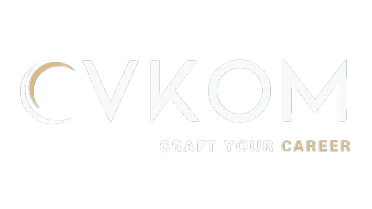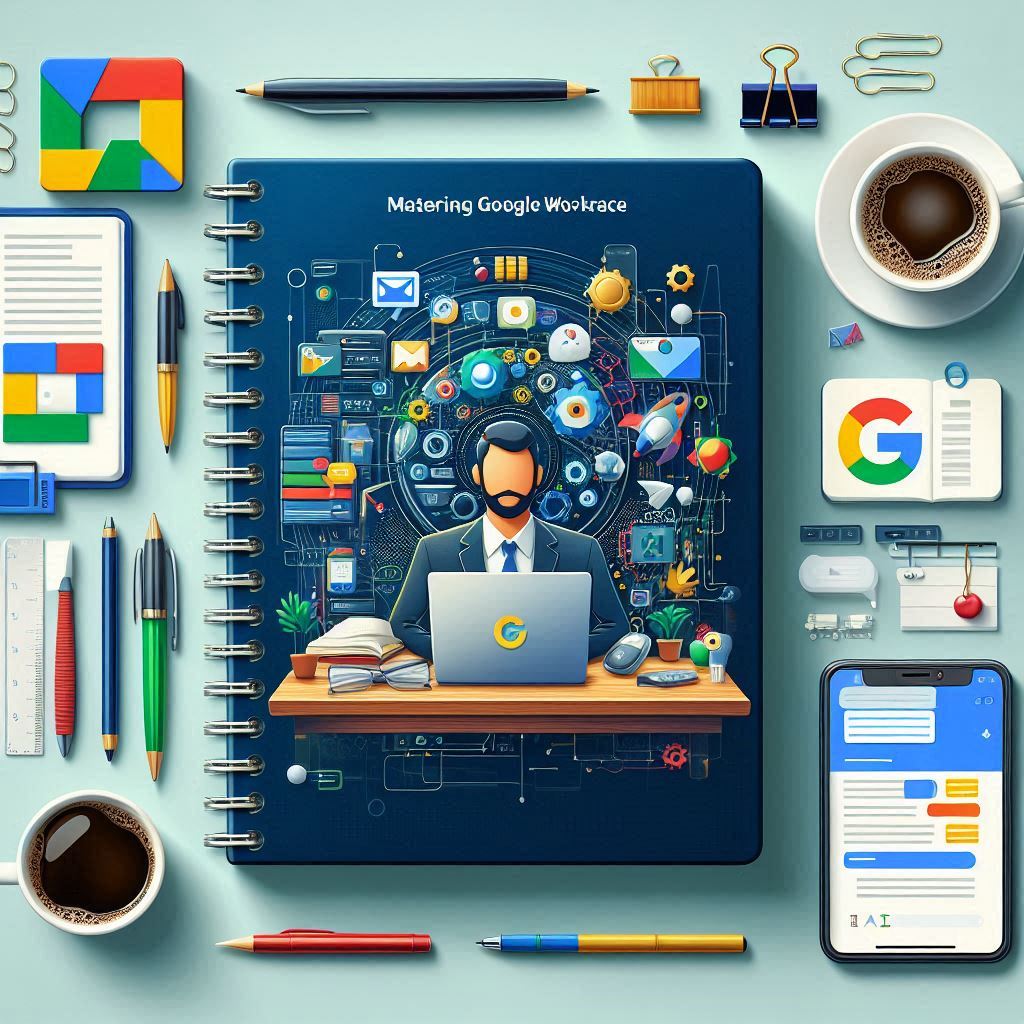This guide explores the growing trend of infographic resumes, explaining how visuals can effectively present skills and achievements. It details when infographics are most suitable and offers tips for incorporating them into your resume for a creative and impactful application.
How to
Use Infographics in Your Resume: A Modern Approach
Infographics in resumes are gaining popularity as a creative way to present information visually and make your application stand out. While traditional resumes rely heavily on text, incorporating
infographics allows you to showcase your skills, achievements, and career
trajectory in an eye-catching format. This guide explores the advantages of
using infographics, how to integrate them effectively, and when they are most
appropriate.
Why
Use Infographics in Your Resume?
- Grabs Attention:
Recruiters often spend less than 10 seconds scanning a resume.
Infographics draw attention immediately.
- Simplifies Complex Information: Visual elements like charts and graphs can make
complex achievements or data easier to understand.
- Showcases Creativity:
Particularly valuable in fields like marketing, design, or technology,
where creativity is key.
- Improves Readability:
Breaks up large blocks of text, making your resume more engaging.
- Highlights Key Metrics: Data visualization helps emphasize accomplishments
effectively.
When
to Use Infographics
Infographics are not suitable for
every resume. They work best in roles that value creativity, visual
communication, or data analysis. Examples include:
- Marketing and Advertising
- Graphic Design
- Data Science
- User Experience (UX) Design
- Public Relations
For highly formal industries like
law or finance, stick to traditional resume formats unless applying for a niche
creative role.
Types
of Infographic Elements for Resumes
- Skill Charts: Use bar graphs, pie charts, or radial charts to represent your proficiency in different skills.
- Timeline:
Visualize your career progression, projects, or education history.
- Graphs and Metrics:
Showcase achievements like sales growth or project outcomes using line or
bar graphs.
- Icons:
Use icons to quickly represent sections such as skills, languages, or
certifications.
- Maps:
Useful for showcasing global experience or multilingual proficiency.
How
to Integrate Infographics in Your Resume
1.
Choose a Balanced Design
Infographics should enhance, not
overwhelm. Ensure your design is clean and professional.
- Use a minimalistic color scheme.
- Avoid overcrowding the page with too many visuals.
2.
Highlight Key Sections with Visuals
Incorporate visuals strategically in
sections like:
- Skills: Use skill bars or charts to rate proficiency
levels.
- Achievements: Represent metrics like sales growth or productivity improvements with graphs.
- Timeline: Visualize your career path, major projects,
or education.
3.
Use Tools for Professional Design
Several tools make creating
infographic resumes simple:
- Canva:
Offers templates for infographic resumes.
- Piktochart:
Ideal for creating charts and graphs.
- Adobe Illustrator:
Great for custom designs.
- Visme:
Combines data visualization and resume-building tools.
4.
Save in the Right Format
Export your infographic resume as a
PDF to ensure the formatting remains consistent.
Tips
for Making an Effective Infographic Resume
- Prioritize Content:
Don’t sacrifice clarity for creativity. Ensure your resume still includes
essential details like contact information, experience, and skills.
- Tailor for ATS: Many applicant tracking systems (ATS) struggle with graphics. Include a
text-based resume alongside your infographic version.
- Be Consistent:
Maintain uniformity in fonts, colors, and icon styles for a polished look.
- Focus on Readability:
Ensure text is legible and visuals are easy to interpret.
Example
Layout for an Infographic Resume
Header Section
- Name and Contact Information
- Professional Title
- Personal Branding Statement
Skills Section
- Include a radial chart or skill bars showing
proficiency in technical and soft skills.
Experience Section
- Use a timeline to illustrate career progression and
highlight major achievements with icons.
Achievements Section
- Include graphs showcasing quantifiable results (e.g.,
“Increased sales by 30% over two years”).
Education Section
- Visualize degrees and certifications with a timeline or
badges.
Languages Section
- Use a pie chart or bar graph to indicate proficiency in
multiple languages.
Sample
Infographic Resume (Text Example)
Jane Doe
Graphic Designer | jane.doe@email.com | +1-555-123-4567 | Portfolio: janedoe.design
Skills
- Graphic Design: 90% (Bar Chart)
- UI/UX Design: 80% (Bar Chart)
- Adobe Suite: 85% (Radial Chart)
Experience
Senior Graphic Designer
XYZ Agency | 2018–Present
- Increased client satisfaction by 25% (Line Graph).
- Led a team of 5 designers, delivering 100+ successful
projects.
Junior Designer
ABC Creative | 2015–2018
- Improved workflow efficiency by 15% using custom
templates.
Education
Bachelor of Arts in Graphic Design
University of XYZ | 2014
Benefits
of Using Infographics
- Increased Engagement:
Visual resumes hold the recruiter’s attention longer.
- Showcases Data Expertise: Perfect for candidates in data-driven roles.
- Modern Appeal:
Helps you stand out in a competitive market.
When
Not to Use Infographics
- Text-Heavy Roles:
Jobs requiring extensive writing (e.g., legal or academic fields).
- ATS-Heavy Companies:
Employers using ATS might not parse infographic resumes correctly.
- Formal Industries:
Stick to conventional resumes for industries like finance or law unless
creativity is explicitly encouraged.
Why
Choose CVKOM for Your Infographic Resume?
At CVKOM, we specialize in
designing modern resumes that blend creativity and professionalism. Our
platform offers:
- Customizable Templates: Pre-designed infographic resume layouts for various
industries.
- AI-Powered Insights:
Suggestions for effectively presenting your achievements visually.
- ATS Compatibility Checks: Ensure your resume is ATS-friendly alongside its
infographic version.
- Proofreading Tools:
Guarantee clarity and consistency in your resume content.
Conclusion
Using infographics in your resume is
an excellent way to stand out in creative or data-centric fields. By
integrating visuals like charts, graphs, and timelines, you can showcase your
skills and achievements in a memorable way. However, ensure the design enhances
readability and aligns with the job’s expectations. Let CVKOM help you
craft an infographic resume that blends creativity and professionalism
seamlessly.
Start building your visually
compelling resume today with CVKOM—where innovation meets opportunity!




